Hotel Biazi | Our Story
Abraham and Esther Biazi lived in the village of Diyarbakir in northeastern Turkey. In 1933, driven by their Zionist ideals, they sold all their belongings and moved to the Land of Israel with their young children: Rivka, Eliyahu, and Ovadia.
During the British Mandate, legal immigration was not allowed, so the family hired smugglers. Their long journey took them on donkeys from Turkey to Syria, then to Lebanon, where they boarded a small boat to reach Haifa. From there, they continued by horse-drawn carriage to Jerusalem.
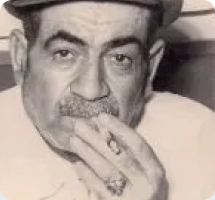
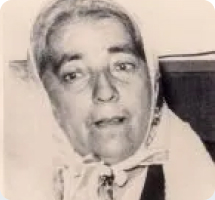
After initially staying with relatives, the family rented a home in the Sheikh Bader neighborhood near Nahlaot. They later bought a house on Kfar Bar’am Street in Nahlaot—a wooden structure with a tin covering to protect it from the elements.
Abraham, a respected merchant in his hometown, initially struggled to find work, but gradually established himself in Jerusalem. Later, he and Esther opened a neighborhood grocery store and installed the first water faucet in the area, a benefit for local residents.
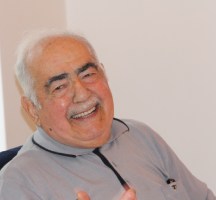
Eliyahu, Abraham and Esther’s second son, was born in 1929 in Diyarbakir. Growing up as his father’s right-hand man, Eliyahu helped support the family and worked as a laborer and handyman to expand their home.
At age 10, he joined the youth movement and began training as a pastry chef,
eventually working in some of Jerusalem’s renowned bakeries, where he mastered the art of creating wedding cakes.
Eliyahu’s life and legacy are preserved in “My Days in the Palmach – Eliyahu Biazi’s Story,”
a personal account of his service in the elite Palmach unit during Israel’s War of Independence.
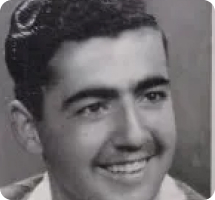

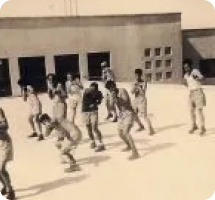
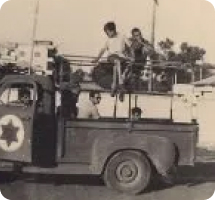
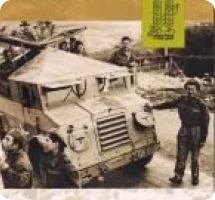
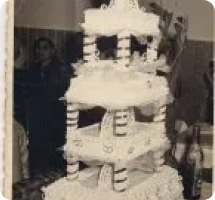







Geula was born in 1930 to Shaul and Mazal Mizrahi, descendants of families with a history of seven generations in the Land of Israel. Growing up on HaYarmukh Street in the Zikhron Yosef neighborhood, she attended the “Ohel Moshe” school until sixth grade and later continued her studies at “Ruhama” school.
At 12, she left school to work in housekeeping to help support her family.
At age 14, Geula met Eliyahu, her future husband, through the Working and Studying Youth Movement.
At 17, Geula attended a school for certified caregivers and was sent to Rosh HaAyin to care for
Yemenite immigrants who had arrived during Operation Magic Carpet. After receiving her certification,
she worked at Hadassah Hospital as a caregiver in the children’s and maternity wards.
In 1948, before the outbreak of war, Eli and Geula pledged their commitment to one
another. After the war, they married and moved into Eliyahu’s parents’ home, sharing a small room in Kfar Bar’am.
After their marriage, Geula continued working in the maternity ward at Hadassah Hospital
on HaNeviim Street until 1952, when their first daughter, Eti, was born, named after her grandmother Esther.
In 1956, their son Abraham was born, named after his grandfather, and in 1963, their third daughter, Mimi,
was born in the Yefe Nof neighborhood, named Mazal in honor of Geula’s mother.
In 1963, Eliyahu and Geula bought a shop on Yeshayahu Street, where they opened
“Ma’adan” Bakery near the legendary Edison Cinema, working together for about 30 years.
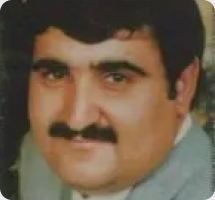
Abraham—known as Avi—the son of Eliyahu and Geula, grew up imbued with
Zionist ideals shared by his parents, listening to Eliyahu’s accounts
of Israel’s founding. Avi joined the army, serving in the Air Force, and after his
military service, joined the security forces as an intelligence coordinator in the minority division of the Israel Police.
His dedication to security work earned him significant achievements and the respect
of his colleagues and commanders. On January 30, 1986, Avi was tragically murdered by a gang of
drug traffickers from the village of Silwan after uncovering their criminal activities.
In memory of Avi and as a tribute to his legacy, his family and the Jerusalem
municipality established a memorial near the Old City walls, along the
promenade near Jaffa Gate. This tragedy altered the lives of the Biazi family
forever. At 57, Eliyahu, and Geula, then 55, who had leased their bakery
before the tragedy, gathered their strength and resumed their work at the
bakery until they retired from the confectionery business in 1995.
For 15 years, Geula volunteered at Yad Sarah, a charitable organization,
while Eliyahu, a creative and skilled craftsman, found solace in woodworking
in an attic workshop he built. He spent much of his time and energy learning
carpentry, creating decorative items, wooden bowls, candlesticks, and
especially menorahs and lamps that radiated warmth and optimism.
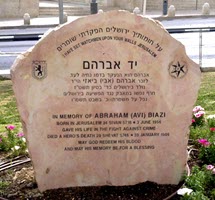
He dedicated these works to Avi’s memory and donated them to the public. Eliyahu’s masterpiece was “Elijah’s Chair,” a tribute to his son’s memory, donated to a local synagogue.
Nahlaot is the collective name for 32 densely packed neighborhoods
interconnected within Jerusalem. Most were built in the late 19th century
as part of a movement to expand beyond the Old City walls, with some additions
during the British Mandate period. Each neighborhood was formed through
different community organizations based on shared economic, cultural, or
religious ties.
Most neighborhoods in Nahlaot are clustered between Agripas and Bezalel Streets,
with a few stretching toward Jaffa Street and the surrounding areas. They follow
a courtyard-style layout characteristic of the Jewish communal construction of
that time. The first neighborhoods were established by Jews from the Old City, part
of the original settlement, while later neighborhoods were founded by Sephardic
Jews who immigrated in the late 19th and early 20th centuries. Land was purchased
from the Arab village of Lifta in sections.
The earliest neighborhoods, “Even Yisrael” and “Mishkenot Yisrael,” were established
in 1875. Later additions to this area include Kurdish neighborhoods such as
“Zikhron Yosef” and “Zikhron Yaakov,” which were founded in the 1920s and 1930s.
Built with older construction techniques to minimize costs, many homes in Nahlaot
began to deteriorate over time. Following the Six-Day War and into the early 1980s,
younger residents moved to new neighborhoods in Jerusalem, leaving Nahlaot primarily
inhabited by an aging population, and its numbers fell to around 4,000–5,000 residents.
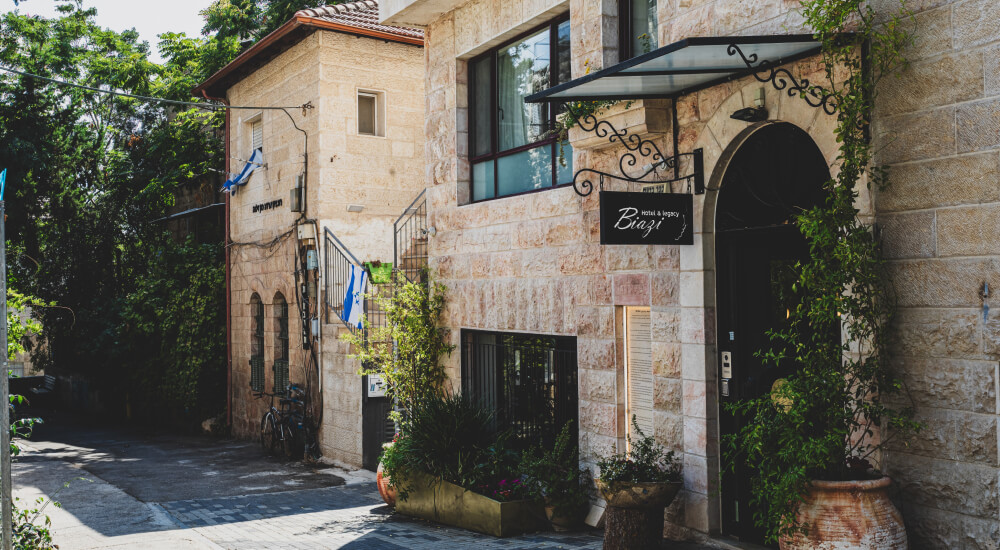
Over time, people began to rediscover Nahlaot’s charm, with its romantic alleyways and convenient city-center location.
Students and young professionals revitalized the authentic Jerusalem neighborhood, and in 1987 a neighborhood restoration
project began. Today, with around 7,000 residents, Nahlaot is one of Jerusalem’s most vibrant and desirable neighborhoods,
home to diverse communities, small businesses, and restaurants, blending different cultures and offering unique experiences
for residents and visitors alike.